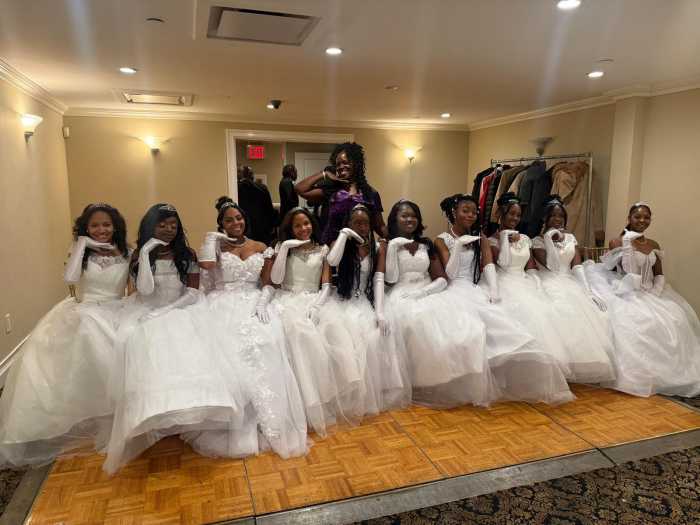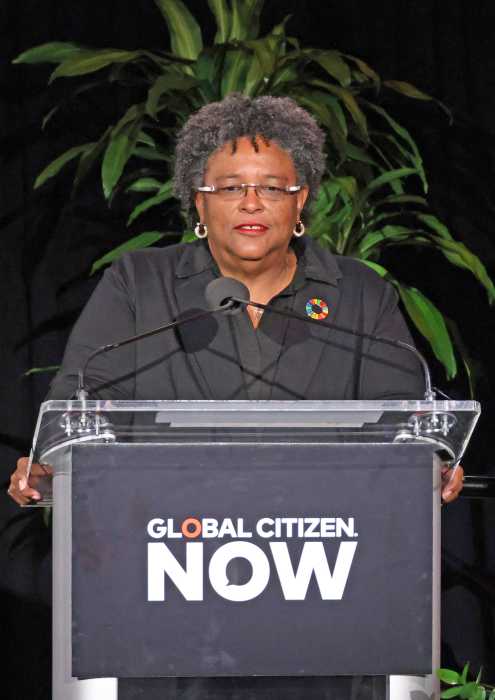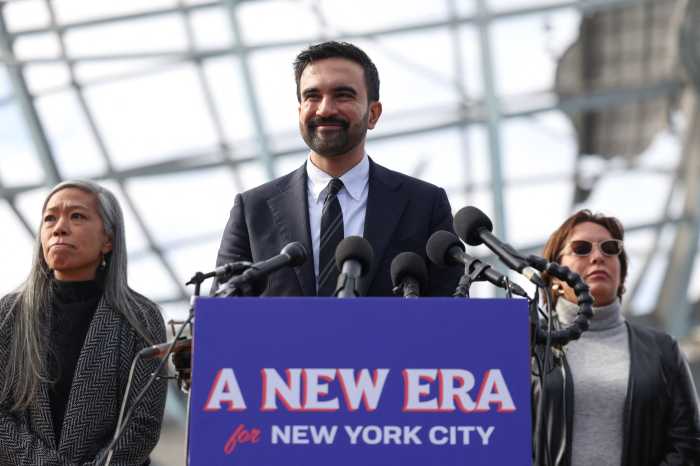Almost a year ago, on August 7, 2020, the Atlanta-based US Court of Appeals for the 11th Circuit issued a 2-1 ruling by a three-judge panel, upholding a decision by District Judge Timothy Corrigan that the school board of St. Johns County in Florida violated the Equal Protection Clause and Title IX of the Education Amendments of 1972 by forbidding Drew Adams, a transgender boy, from using the boys’ restrooms at Nease High School.
The wide-ranging opinion by Circuit Judge Beverly Martin drew a lengthy dissenting opinion from Chief Judge William H. Pryor. Judge Martin relates in a new opinion she issued in the case on July 14, 2021, that “an active member of this Court withheld issuance of the mandate” on the day the original decision was issued. “In an effort to get broader support among our colleagues,” she wrote, “we vacate the opinion issued on August 7, 2020, and replace it with this one.”
The big difference between the two opinions is that the new opinion “does not reach the Title IX question and reaches only one ground under the Equal Protection Clause instead of the three Equal Protection rulings we made in the August 7 opinion.”
Speculating about what went down behind the scenes in the 11th Circuit over the past year, it sounds like Chief Judge Pryor was in a position to get a majority of the judges of the circuit to vote for rehearing en banc (by the full bench of active circuit judges), which takes a vote of a majority of the twelve active judges of the Circuit. At present, the Circuit has seven Republican appointees and five Democratic appointees. Although the party of an appointing president does not predict with 100 percent certainty how a judge will vote on a politically charged question, it is worth noting that six of the active judges were appointed by Donald Trump, five by Bill Clinton or Barack Obama, and one — Chief Judge Pryor — by George W. Bush. In order to avoid having the case taken up by the full 12-judge panel, Judge Martin, an Obama appointee (as is Jill Pryor, the other Democratic appointee on the three-judge panel), cut down her opinion to a narrow Equal Protection ruling that apparently was able to win support from one or more of the Republican appointees, thus avoiding en banc review, where the odds were better than equal that Mr. Adams could lose his case. This is all speculation, of course, since the court does not publicize what goes on behind closed doors.
The narrow Equal Protection ground on which the new opinion turns is really a case of the St. Johns School Board people outsmarting themselves. When they adopted their rule, they said that a student’s gender indicated at the time they enrolled as a student in the school district is fixed for the duration of their attendance in the district’s schools.
Adams was identified as a girl when enrolling in the elementary school and didn’t take steps to transition until shortly before graduating to the high school. A new birth certificate and a driver’s license identified him as male, and the district was willing to live with that for some purposes, but not for restroom use. They insisted that he use a single-stall gender-neutral restroom and stay out of the boys’ restrooms, even though he had been using them without incident until some girls tipped off school officials that they had seen Adams going into the boys’ room. Then he was yanked out of class and told he could use only the gender-neutral facilities or the girls’ restrooms. Since he was dressing and grooming and living as a boy, he wasn’t about to use the girls’ restrooms, which would undermine his identity, and he felt stigmatized by having to walk past the boys’ room in order to use the inconveniently located gender-neutral restroom.
Lambda Legal represents Adams in his lawsuit under Title IX and the Equal Protection Clause. In the July 14 decision, the court shows how the school board outsmarted itself. Because of the way they devised their policy, it seems that a student who transferred to the high school from another school district and who had already transitioned would be allowed to use facilities consistent with their gender identity, because the policy focused on gender at the time of enrollment in the district’s schools. Thus, some transgender students could use facilities consistent with their gender identity, and others could not.
As a result, the policy was arbitrary and irrational, and thus failed the Equal Protection test, which in the 11th Circuit has been a heightened scrutiny test since 2011, when the court adopted that standard in an employment discrimination case brought by a transgender state employee. That means this would be treated like a sex discrimination case, where the government has the burden of establishing that they have adopted a policy that substantially advances an important government interest. Every government interest they could identify in this case was questionable, but even so, adopting a rule that allowed some transgender people to use appropriate facilities and others not, does not advance any of the policies the government was arguing in a rational way.
Since the court withdrew its prior ruling and substituted this one, it is as if the prior ruling was never issued. Since Adams graduated from the high school by the time the first court of appeals ruling was issued in August 2020, the case boiled down to the damages he was awarded for violation of his rights, and of course a warning to the school board that its policy was unlawful.
But because the court had to cut down its ruling to shed alternative equal protection holdings as well as the Title IX holding, the case becomes much less significant as a precedent. If the school board wants to exclude transgender boys from using the boys’ room, they could escape the July 14 ruling by changing their rule to apply to all transgender students, whether they transitioned before or after enrolling in the school district. One can easily see why Judge Martin’s reduced opinion (which preserves, almost verbatim, must of the text of the pertinent equal protection holding from the earlier opinion) escaped the hostile waters of en banc review in a Republican majority circuit with half the judges being Trump appointees. (Readers may recall that the Trump Administration formally rejected any protection for transgender students under Title IX, and was generally hostile to transgender identity, much less rights.)
The school district’s appeal to the 11th Circuit brought out a crush of amicus briefs on both sides of the case, including the right-wing culture warriors one would expect to find arrayed in such a battle. Although the school district loses to Mr. Adams, the question of Title IX is left unresolved for the 11th Circuit (Alabama, Florida, and Georgia), and the more expansive Equal Protection rulings from a year ago that rejected all the school board’s reasons for its policy now vanish from the case.
Chief Judge Pryor attached an angry dissent again to this new decision, but readers of his former dissent will find nothing new there. In fact, Judge Martin chides him for including the arguments he made against all the holdings of the prior opinion, since they are no longer relevant. To Chief Judge Pryor, once a girl, always a girl, so Adams is just a girl dressing as a boy who shouldn’t be in the boys’ room, since his very presence violates the sacred right of privacy. And a regulation by the US Department of Education, which nobody questions in this case, says that schools may have separate restroom facilities for males and females. Adams accepts that but insists he should be treated as male. No matter to Chief Judge Pryor that not one boy at Nease High School raised any complaint about finding Adams in the boys’ room. From his perspective, one suspects, teenage boys would not be bothered by Adams using the boys’ room, since he is going into a closed stall before relieving himself. What obsessed Pryor (and obsesses the culture warriors on that side of the issue) is the idea of a transgender girl (who they would deem to be a boy dressing as a girl) going into the girl’s room and sexually assaulting the girls in there. Although there is no evidence in any case that has been litigated on this issue that transgender girls are doing this, Pryor and his ilk argue that any boy wanting to get in the girls’ room can just proclaim himself a girl and waltz right in there.
Meanwhile, numerous school districts all around the country have responded to this issue by allowing transgender students to use facilities consistent with their gender identity, and there are no reported cases of anybody being assaulted in restrooms or locker rooms as a result.

















